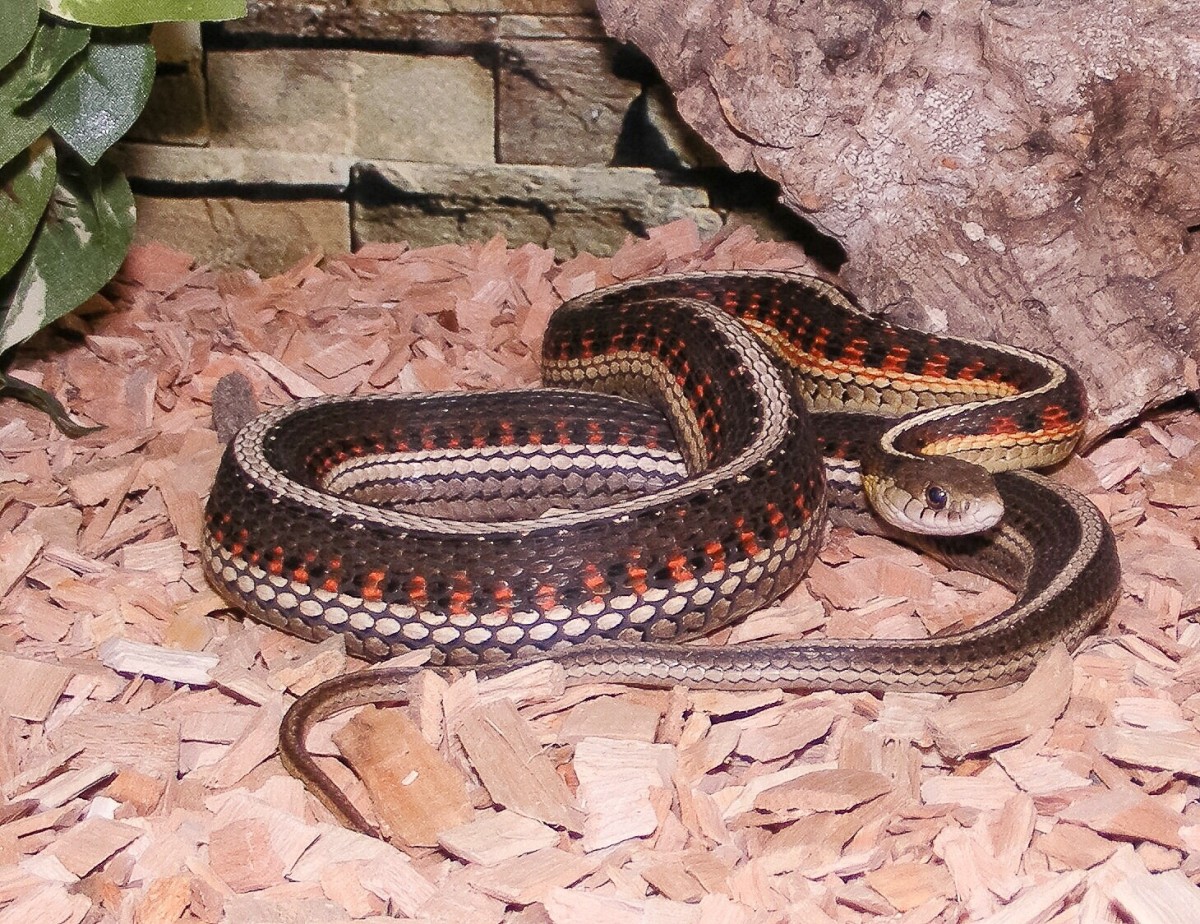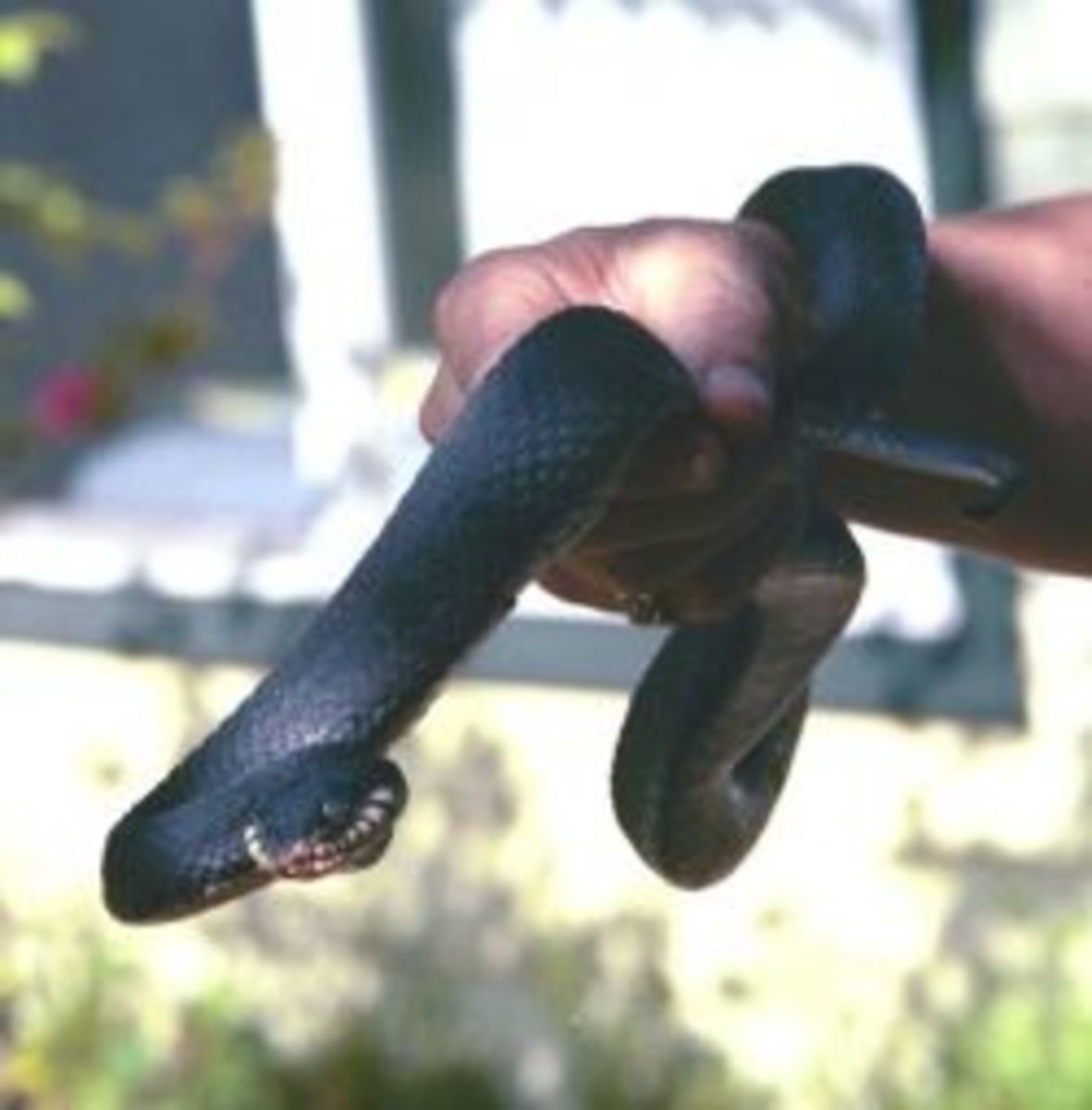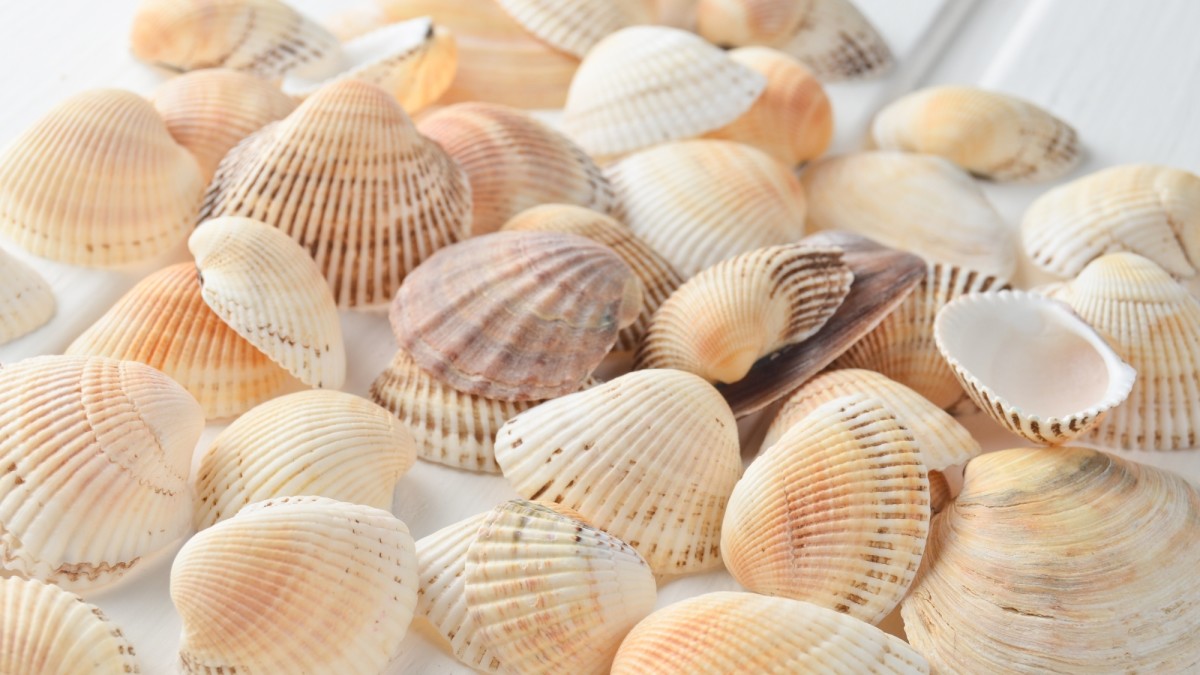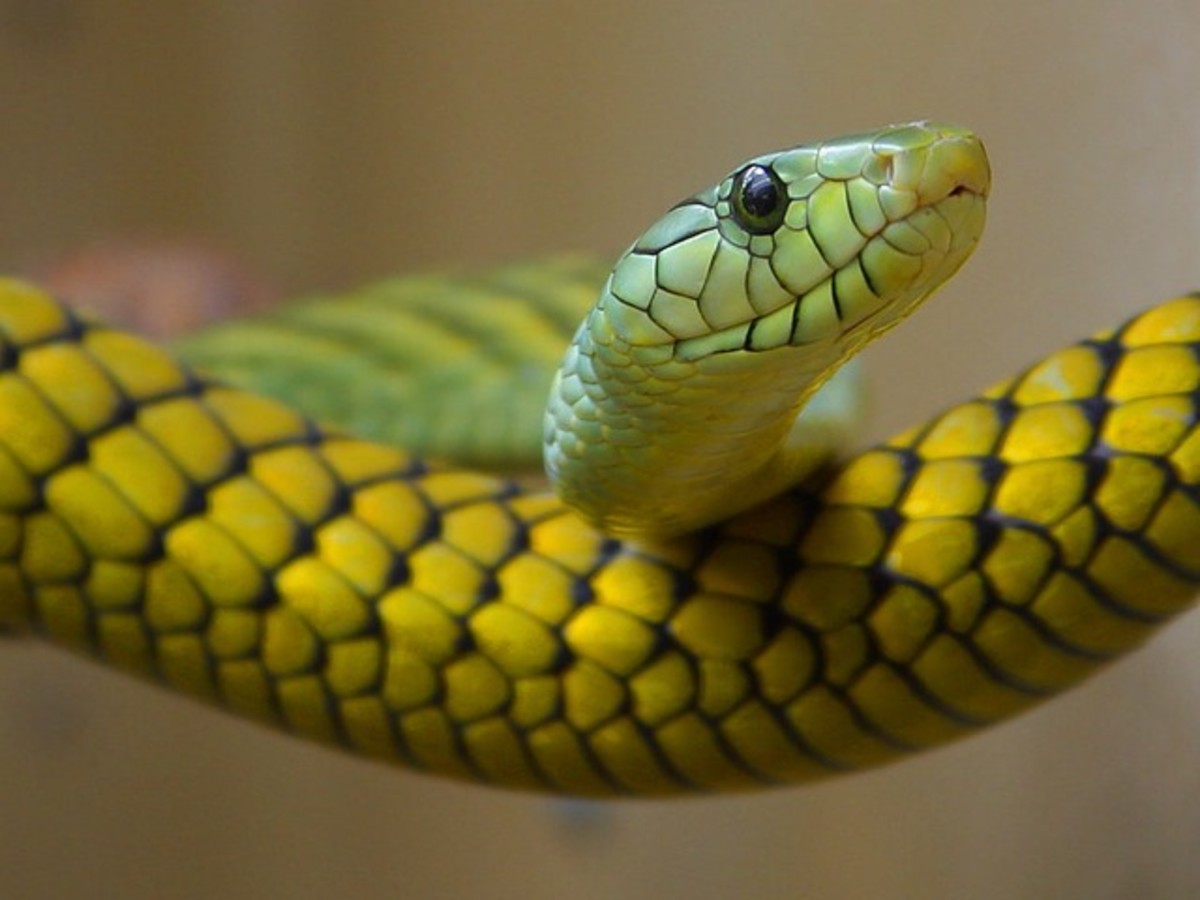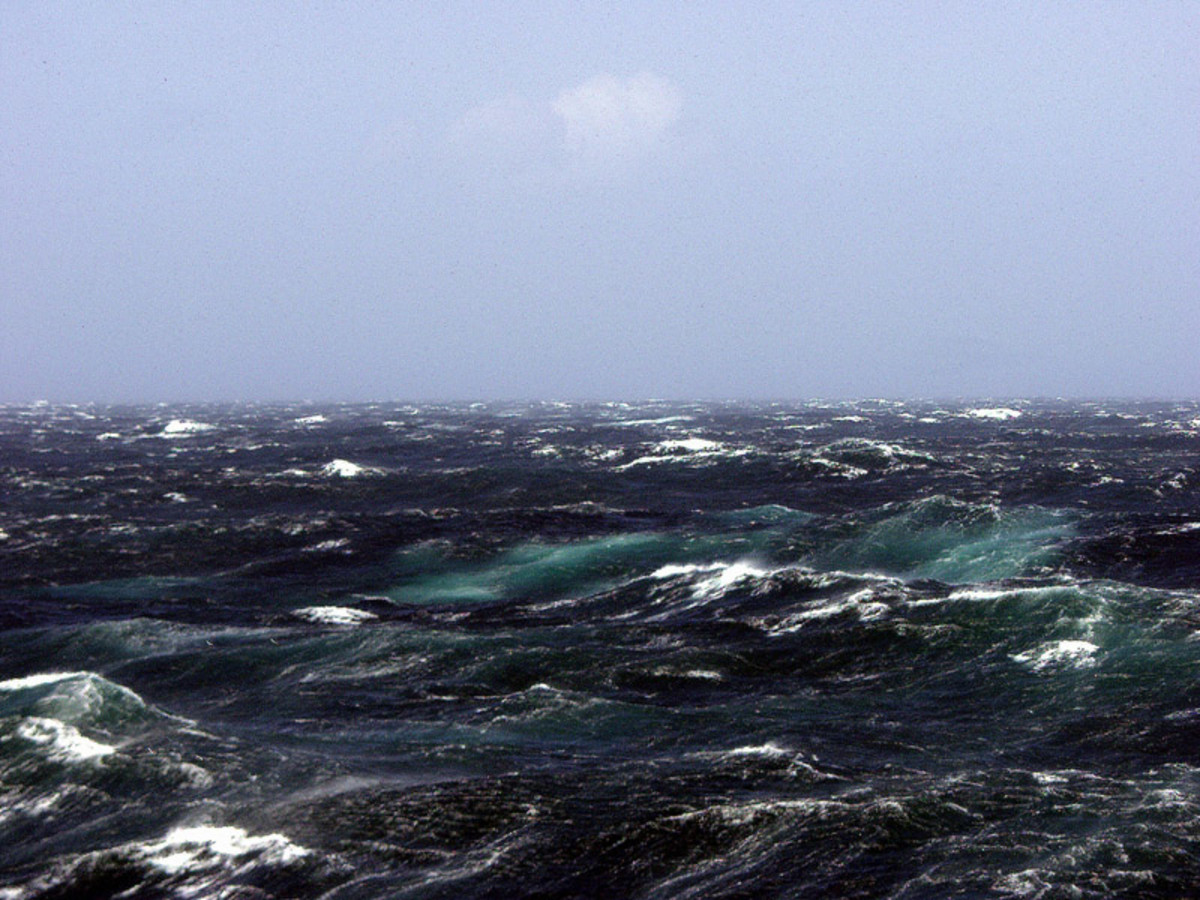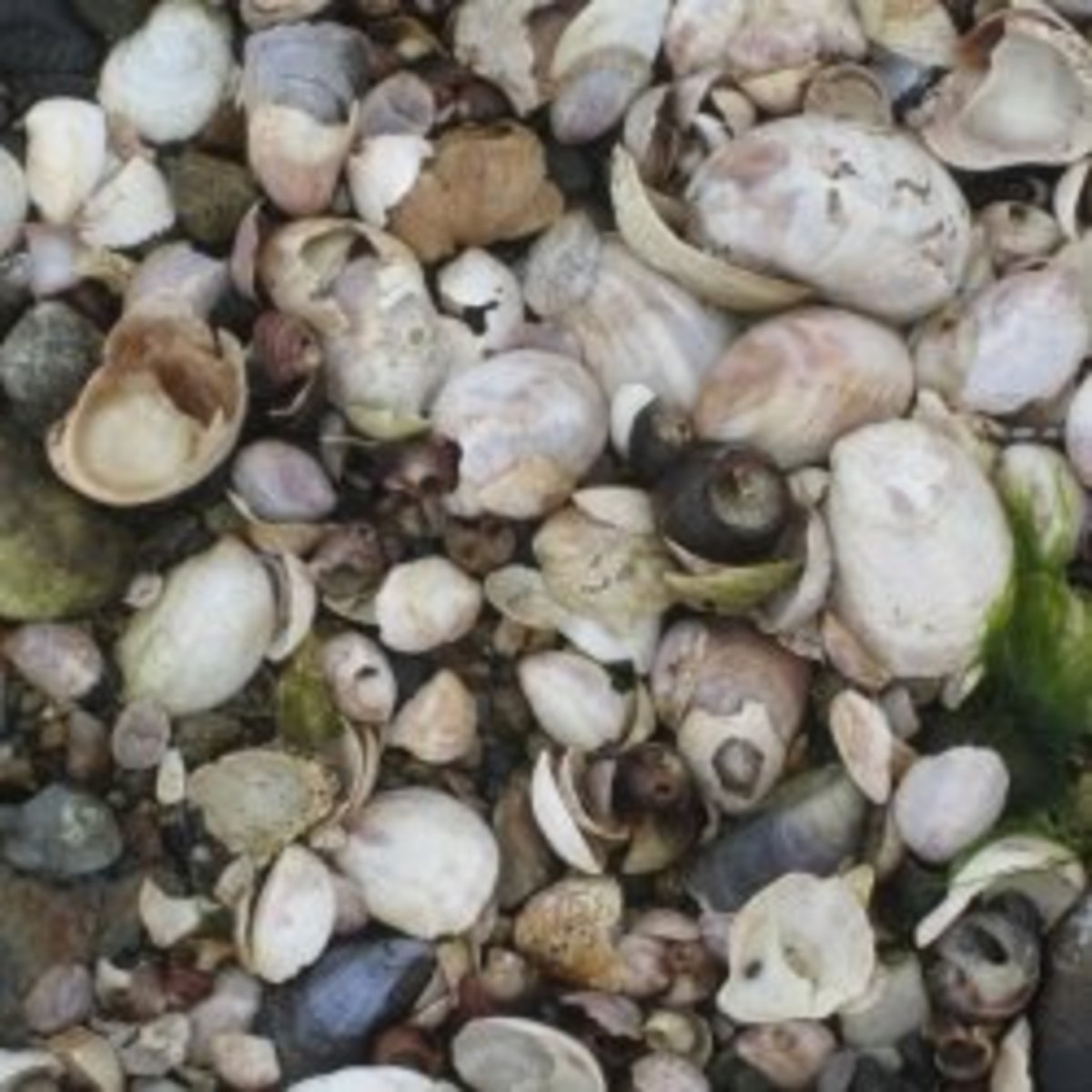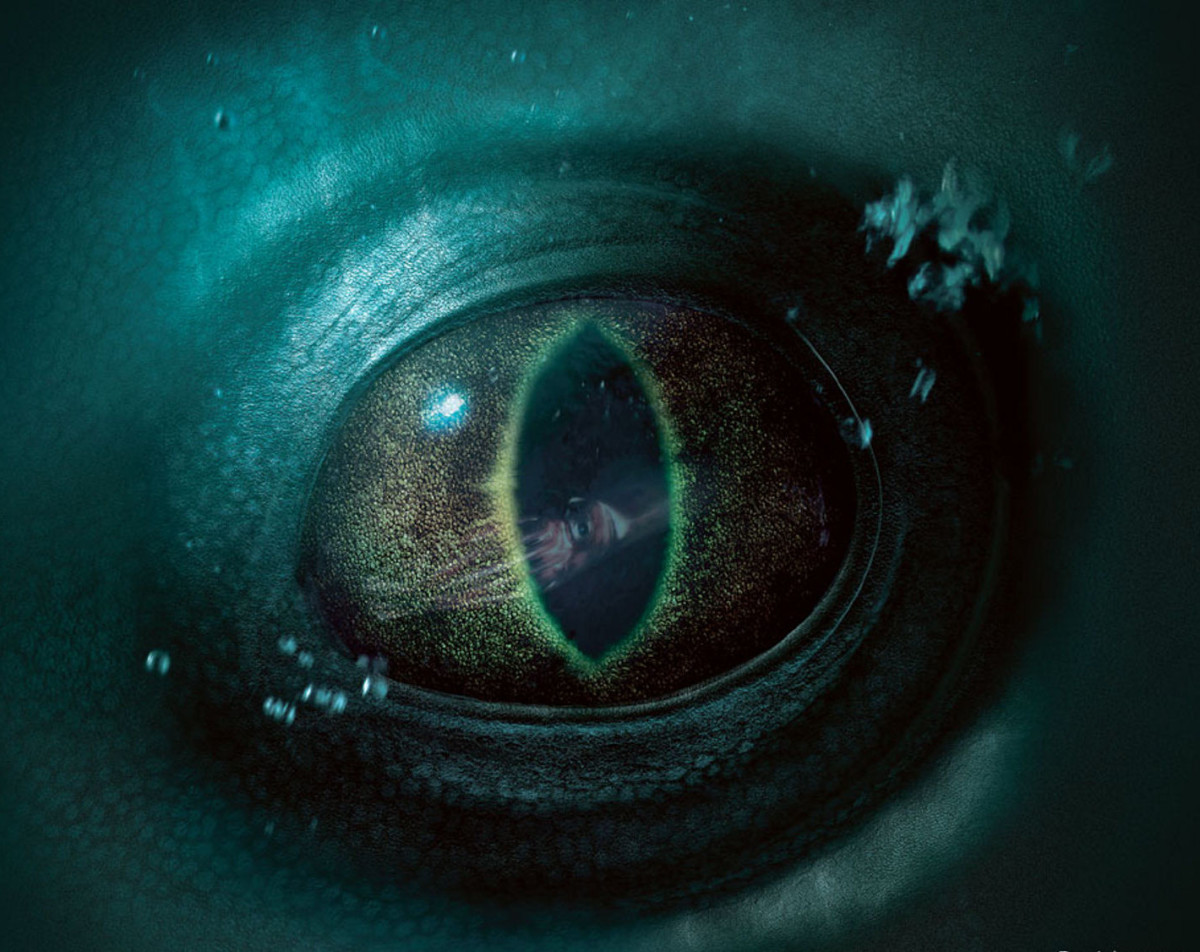The Yellow Sea Snake (Pelamis Platura)
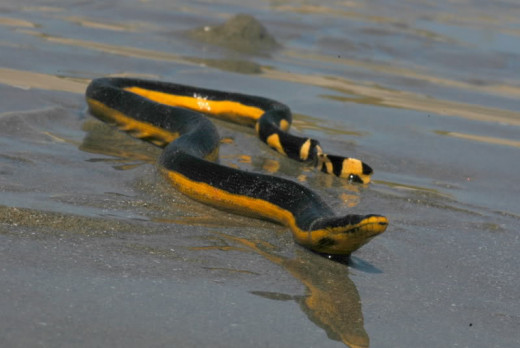
Introdution
The yellow snake, scientifically called Pelamis platura, is known for terrorizing tourists and locals, such as on a Costa Rican beach called Playa Flamingo during this last Easter. Locals said that it hadn’t been seen in that area, but experts have proved otherwise. This sea serpent covers the Pacific Ocean in some Latin American areas as well as the Indian Ocean, Indonesia, Philippines, Malaysia, Thailand, and in between.
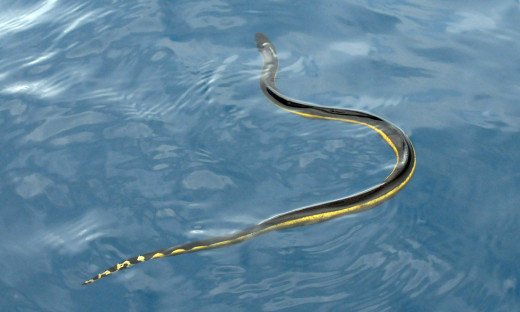
The Habitat
Rather than living in cold waters, this snake has been seen near the Gulf of Santa Clara in Sonora, Mexico (Sea of Cortez) where the water temperature reaches 30°C. Maybe it's evolution to survive and to live in coral reefs, sea grass or sand. Because they can live in a warmer habitat than most, the yellow snake survived the scale of global warming made by International Union for Conservation of Nature known as IUCN and was given a low risk of extinction.
Biologic of the snake
Although little is known of this species of snake, we do know that they can survive different climates and they almost never go to the ground. Instead, this snake lives in coral reefs and feeds on eel, biting them and supplying poison that acts fast while ripping the tissue for the easy digestion. The yellow snake’s venom is highly toxic to humans and to there is still no serum.
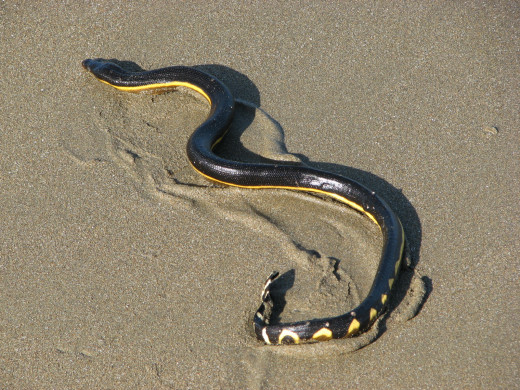
This snake can reach 100cm long and its body is flat on both sides for ease of swimming. Its head is long and narrow, with eyes of a medium size and round pupils, and it has gray and yellow lines on the sides. It also has narrow ventral scales making it difficult to move around in the sand and causes its clumsiness.
conclusion
We don’t know much about this snake because it spends most of its life underwater; it’s actually surprising to see it on land in droves, causing terror and doubts about its origin, depending on the case is fascinating to learn more about our mother earth and the animals that live there as this snake in this country and other places who are unaware of this species, I can say that the earth is full with mysteries, such as the deep of our oceans.

